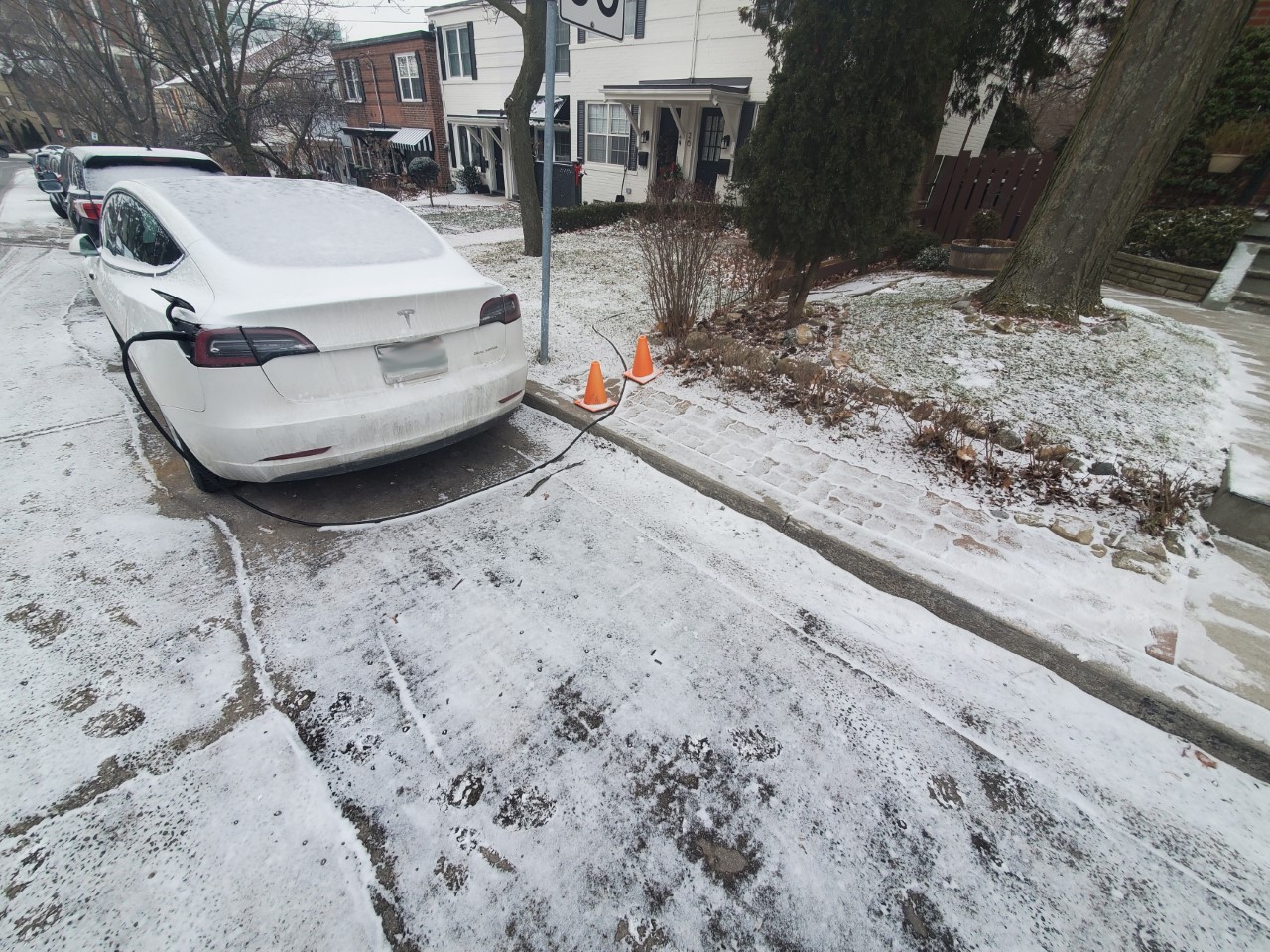$3 overnight charging at City of Toronto chargers seems very reasonable. Who burns less than $3 of gas a day?
With the federal government targeting to have 50 per cent of new cars on the road be electric vehicles by 2030, concerns are being raised about a vast increase of unsafe and unlicensed chargers being installed.

toronto.citynews.ca
With the federal government targeting to have 50 per cent of new cars on the road be electric vehicles (EVs) by 2030, concerns are being raised about a vast increase of unsafe and unlicensed chargers being installed.
According to Statistics Canada, Canadians registered 86,000 new battery-electric and plug-in hybrid vehicles in 2021 — accounting for about one in 20 new registrations, compared with about one in 30 new registrations in 2020 — and sales grew by almost 60 per cent last year.
The Electrical Safety Authority (ESA), which is tasked with inspecting any electrical installation in the province, is concerned about the trend of residents installing their own unlicensed, potentially unsafe, EV chargers.
However, a recent inspection blitz found several hundred instances of unsafe chargers being installed. Fraser said the blitz was started after realizing how few permits had been issued compared to the thousands of vehicles being registered.
In just one area of Toronto, they found over 400 unsafe working chargers without a permit in a 10-month period.
Currently, the City of Toronto is working on deploying publicly accessible electric vehicle charging stations as they start to see an uptick in these vehicles.
The City’s corporate charging network is expected to have 650 charge ports by the end of 2024, with 1,200 available by 2025 at 100 city locations, both at on-street parking spaces and in Green P parking lots.
The cost of using the machines will be $2 per hour during the day with a $3 flat rate overnight.





















